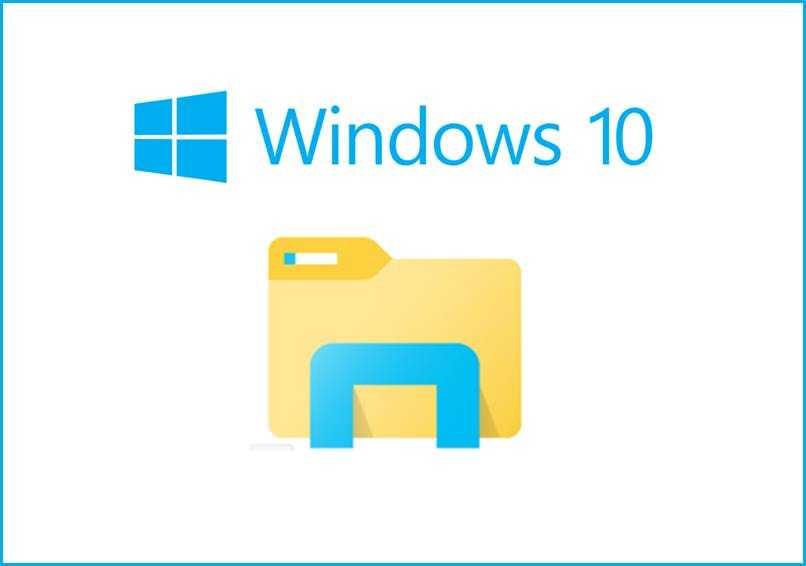File Explorer is the default program managementWindows files. It allows the user to perform all the basic file operations like copy, move, delete, rename and other known.
During the development of Windows 10, Microsoft updated the folder icons, control panel icons, and the system application several times.
Below we will see how File Explorer changed images during Windows 10 deployment.
The first build that came with a new Explorer icon was Windows 10 build 9841:
The next major update came with Windows 10 build 9926, where the picture turned bright yellow:
Microsoft was strongly criticized for building this icon in build 9926
So, after a few builds, Windows 10 build 10130 came up with new icons that had a more soft yellow color.
In Windows 10 build 10158, Microsoft mixed the updated build 10130 icon with the "old" build 9926 icon. This resulted in the build 10158 icon
The same image was also used in build 14.352.
The next new icon appeared in Windows 10 build 14328
The image was almost colorless similar to the modern images Microsoft uses for Universal applications:
Although the picture looked pretty good in the menu Start, most users seem to have sent negative feedback about the new icon. So, in Windows 10 build 14352, the previous colorful icon is back.
Just for comparison purposes, below is the File Explorer icon used in Windows 7 and Windows 8.1:
And here is the Windows XP icon:
![]()

What do you say about Microsoft's changes? Will it succeed with new icons to find new friends for her new functional?





